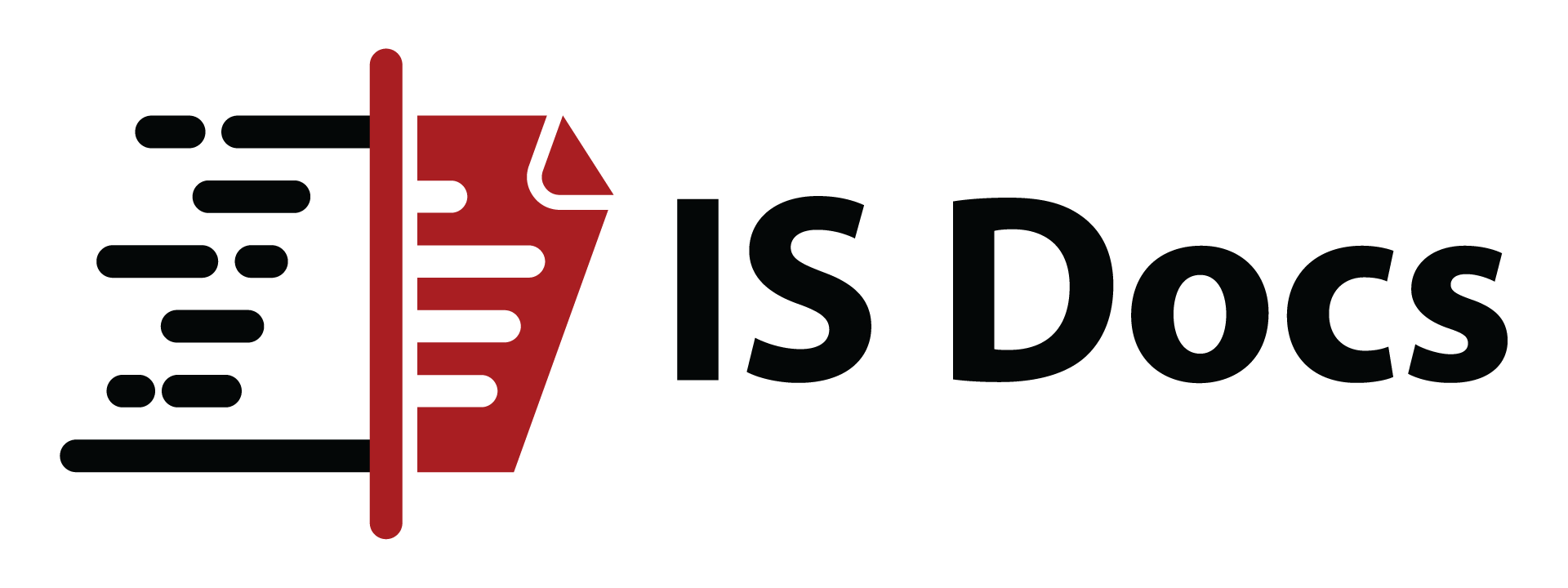Many businesses still rely on document management systems built for a different era. The systems that once worked well now slow teams down, raise security concerns, and limit flexibility. As organizations embrace cloud-first strategies and hybrid work models, the shortcomings of outdated platforms are harder than ever to overlook.
Making the move to a modern document management solution is a way to give your business the security, compliance, and efficiency it needs to stay competitive. The challenge is that migration can feel overwhelming. Moving thousands or even millions of files and records takes time and careful planning. Yet the risks of holding onto a legacy system far outweigh the temporary hurdles of change.
With the right plan, the transition does not have to be disruptive. This blog will walk you through the risks of staying with outdated systems, the steps to build a successful migration strategy, and the best ways to help your team adapt to a modern DMS.

Why Migrating Away from Legacy Systems Matters
A legacy DMS can hold your organization back in more ways than one. While it may be familiar and comfortable, the limitations often outweigh the convenience of keeping things as they are.
- Lost productivity: Older systems are slower, harder to search, and often rely on manual processes. Employees may waste hours every week digging for documents instead of focusing on meaningful work.
- Security vulnerabilities: Outdated platforms are rarely updated with the latest patches. That leaves them open to breaches and non-compliance with industry standards such as HIPAA or GDPR.
- High costs: Maintaining legacy infrastructure often requires expensive licenses, specialized IT expertise, or custom fixes. These costs rise as fewer vendors support older software.
- Integration barriers: Modern businesses depend on connected applications. A legacy DMS typically cannot integrate with tools like CRM platforms, collaboration software, or cloud storage, creating silos that limit efficiency.
- Remote work challenges: With more teams working outside the office, cloud-based accessibility is critical. Legacy systems are often tied to on-premise servers, making remote access clunky or impossible.
Standing still means falling behind. Businesses that avoid upgrading risk slower workflows, higher costs, and potential regulatory issues.
Understanding the risks is only the first part of the journey. The real work begins with creating a clear migration strategy that your team can follow from start to finish. To make the process manageable, it helps to break it down into key stages. Each step builds on the last, guiding you from evaluating your current system all the way through to post-migration optimization.
Step 1: Assessing Your Current Document Management System
Successful migration begins with evaluating your system and workflows to determine which parts should stay, which should change, and which should be retired.
Start with a system inventory. Identify what types of documents you store, how they are organized, and which teams use them most. Map out workflows such as approvals, signatures, or document routing to see where delays occur.
Next, examine compliance and security needs. Does your current system align with your industry’s regulatory standards? If not, this becomes a clear driver for change.
Finally, evaluate the value of your existing data. Some files may be outdated, irrelevant, or no longer required for compliance. Segment documents into categories: must migrate, archive, or retire. This process reduces clutter and ensures you do not waste time moving unnecessary data.

Step 2: Choosing the Right Modern Document Management Solution
Once you know what you need, it is time to select the right solution. The market offers several options, from fully cloud-based systems to hybrid models that balance local storage with cloud features.
Key features to prioritize include:
- Advanced search and indexing: Modern systems should allow you to find documents quickly using keywords, metadata, or full-text search.
- Workflow automation: Features like automated approvals, routing, and version control eliminate manual tasks.
- Security and compliance tools: Look for encryption, access controls, and built-in compliance frameworks.
- Integrations: Choose a system that connects with your existing business applications, including ERP, CRM, collaboration platforms, and email.
Equally important is involving end-users in the decision-making process. IT teams may focus on technical capabilities, but employees will focus on usability. By gathering input early, you increase the likelihood of adoption later.
Step 3: Creating a Migration Roadmap
Think of your migration roadmap as the playbook. It tells everyone what needs to happen, when it needs to happen, and who is responsible for making it happen.
- Set clear objectives: Define what success looks like: improved compliance, faster document retrieval, reduced costs, or better collaboration.
- Establish a timeline: Break the migration into manageable milestones, starting with preparation and ending with post-migration review.
- Assign responsibilities: Identify who will manage each stage, from IT to department heads. In many cases, working with a Document Management Services provider or consultant adds valuable expertise.
- Evaluate risks: Anticipate potential issues like downtime, data loss, or user resistance. Then build contingency plans to address them quickly.
This roadmap becomes your guide and ensures the project stays on track.

Step 4: Data Preparation and Cleansing
Moving disorganized data into a new system only carries old problems forward. That is why data cleansing is one of the most important stages of migration.
Steps to prepare your data include:
- Eliminate duplicates: Remove multiple versions of the same file unless required for compliance.
- Standardize file formats: Ensure documents are stored in consistent, accessible formats.
- Improve naming conventions: A uniform structure makes it easier to search and retrieve files later.
- Apply metadata: Tag files by type, date, department, or compliance requirement.
- Secure sensitive data: Identify and classify files that contain confidential or regulated information.
This preparation ensures that when the migration happens, your new system is free of clutter and optimized from the start.
Step 5: Executing the Migration
When it is time to move, the method you choose should depend on the size and complexity of your data.
- Manual transfer: Suitable for small businesses with limited data.
- Automated migration tools: Best for larger organizations, these tools transfer documents in bulk and preserve metadata.
- Vendor-assisted migration: Many DMS providers offer migration services to streamline the process.
Start with a pilot migration. Move a small batch of documents first, test for accuracy, and adjust your approach before scaling up. This helps identify potential issues without risking the entire project.
Monitor closely for errors, ensure all files transfer correctly, and minimize downtime by planning migrations during off-peak hours.
Step 6: Training and Change Management
Moving the data is only step one. The real success comes when your team feels comfortable with the new system and understands how it makes their work easier.
Training should include:
- Hands-on workshops where employees practice with real tasks in the new system.
- Guides and tutorials for reference.
- Ongoing support through a help desk or IT contact.
Consider appointing “super users” in each department. These champions can answer questions, share best practices, and encourage adoption among peers.
Equally important is showing your team the benefits. When people see how the new system helps them find information faster, reduce repetitive tasks, and keep data secure, they are far more likely to embrace the change.

Step 7: Post-Migration Monitoring and Optimization
Once the migration is finished, the focus shifts to making sure the system keeps performing at its best. Continuous monitoring helps protect your investment and maximize its benefits.
- Audit for data integrity: Check that all documents transferred correctly and nothing was lost.
- Gather user feedback: Encourage your team to share frustrations or suggestions and act quickly to resolve them.
- Analyze usage: Use built-in analytics to see how teams are interacting with the system and identify opportunities for improvement.
- Schedule reviews: Technology evolves quickly, so plan regular check-ins to ensure the system continues to meet your needs.
This ongoing approach prevents your new DMS from becoming tomorrow’s legacy system.
Moving Forward with Modern Document Management
The move from a legacy system to a modern document management solution is more than an upgrade. It is an opportunity to rethink how your organization handles information and to build a foundation for faster workflows, stronger security, and easier compliance.
If your company is still relying on outdated systems, now is the time to take the first step. Start with an assessment of your current environment and begin planning the roadmap toward a more modern, secure, and efficient way to manage your documents.
About IS Docs
IS Docs simplifies document management with AI, secure automation, nationwide support, and unlimited users, allowing businesses to streamline paper and digital workflows without extra cost.



